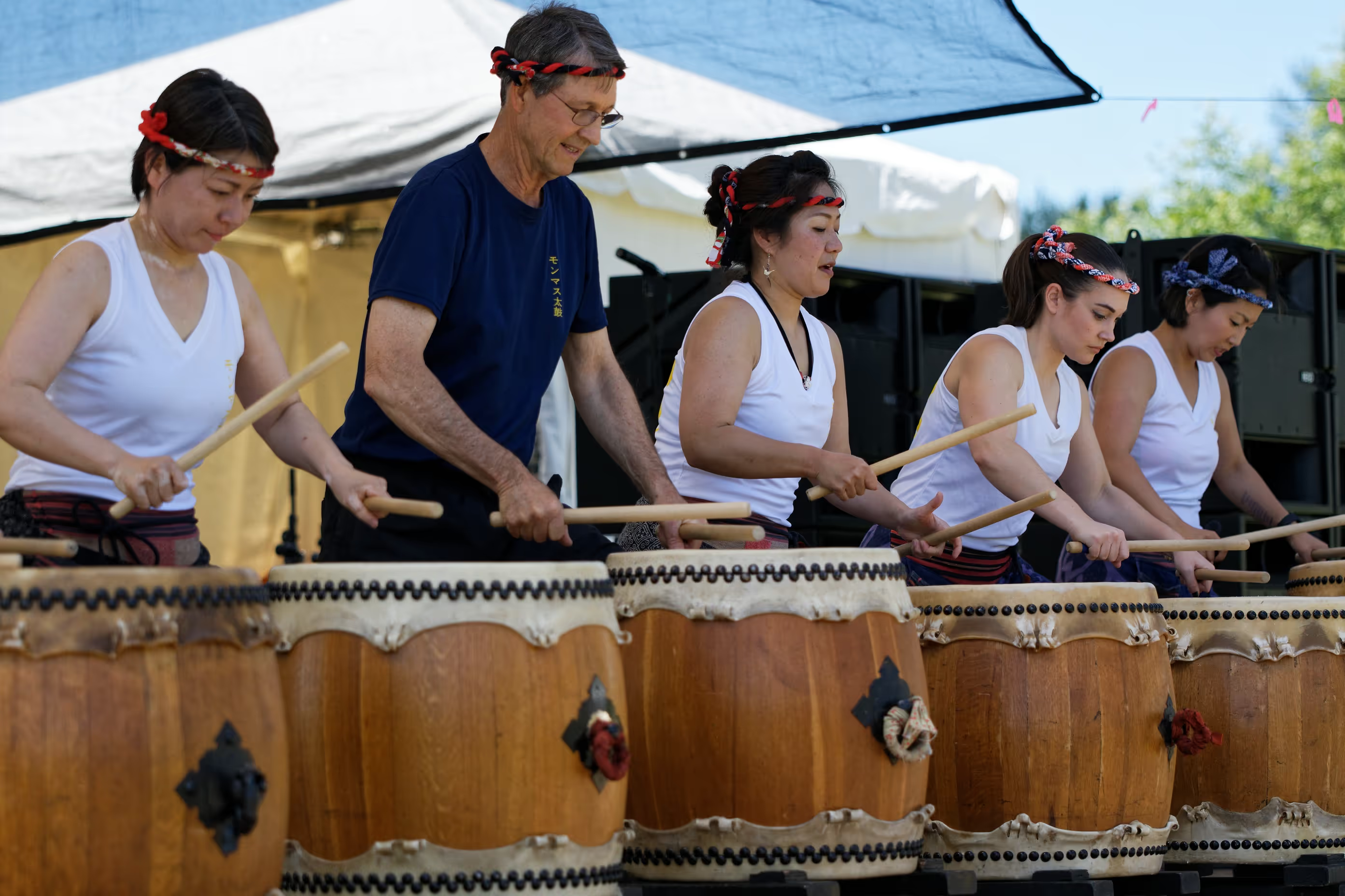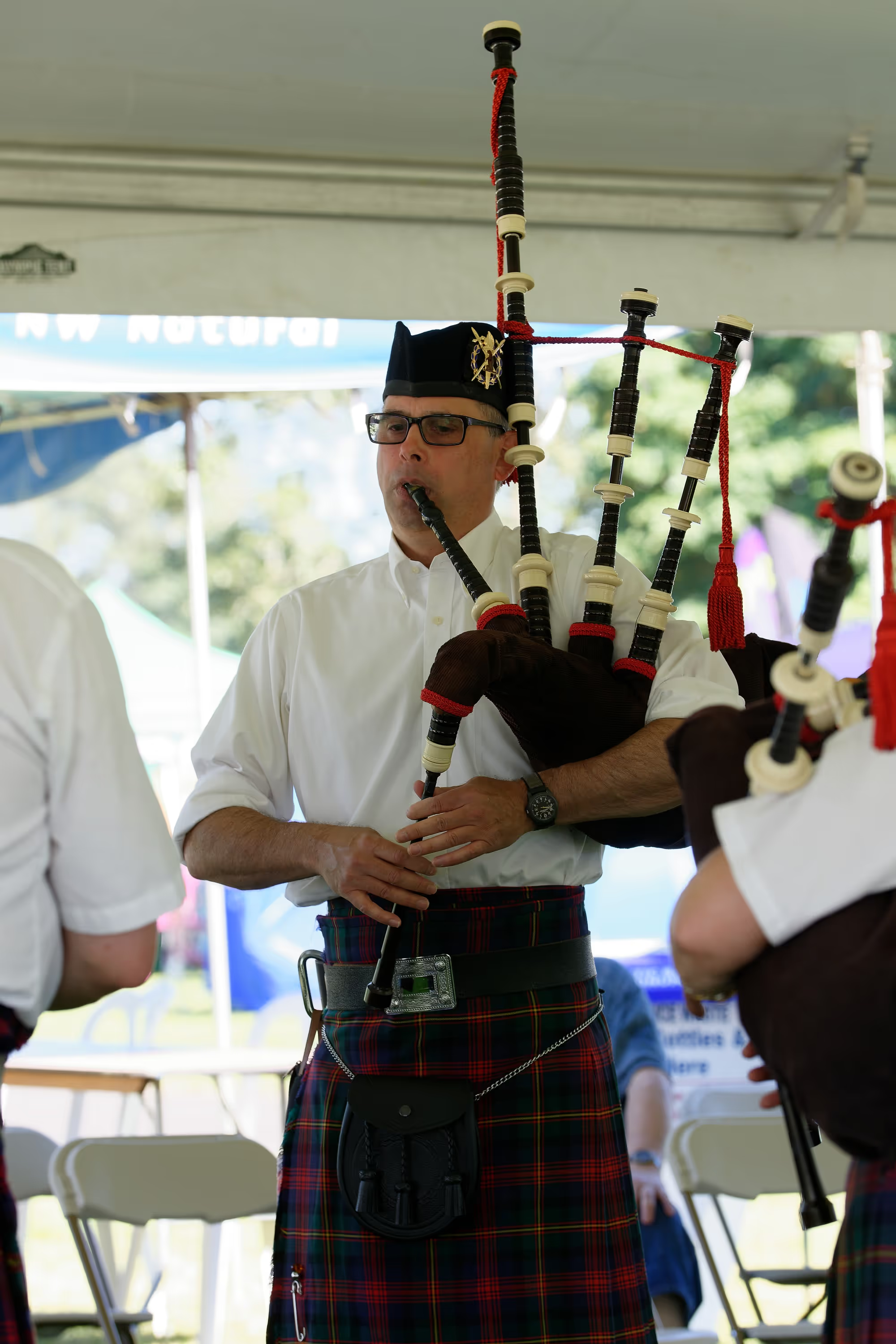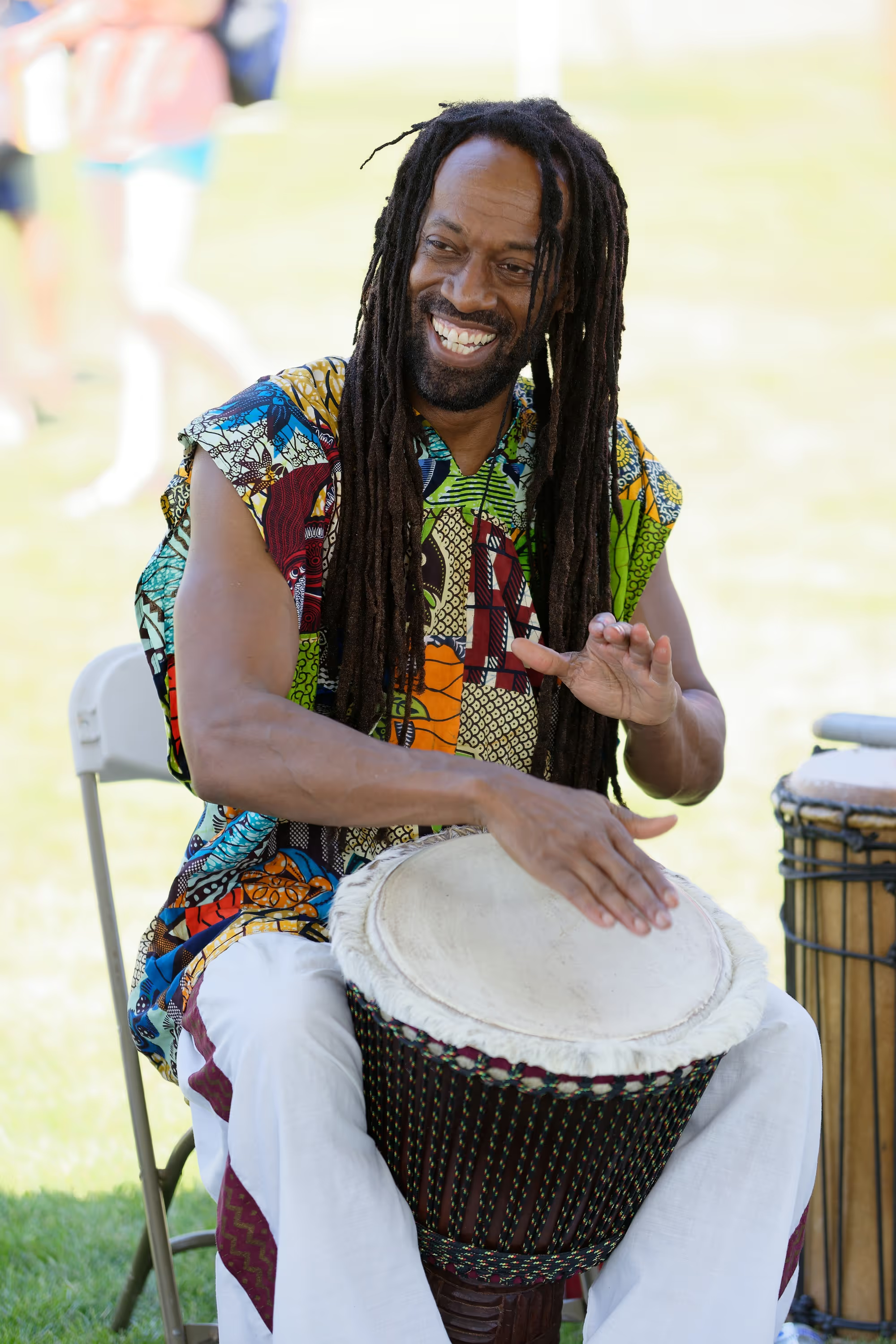
Music does indeed connect us through geography and over time. Henry Wadsworth Longfellow once famously wrote that “music is the universal language of mankind.” In fact, many researchers and anthropologists believe that music, at least in some form, pre-dates the development of spoken language.
There is a wide diversity of musical instruments and vocal styles in cultures around the world. And yet, there are a number of musical characteristics that are similar across cultural traditions. These include:
If cultures develop their sound independently, why are there so many similarities? Some research suggests that human biology and anatomy might play a role. Our vocal chords produce distinctive sounds, resulting in vocal correlations. Another reason could be that humans developed the ability to construct tools and used that skill to create musical instruments. Yet another suggestion has been that creating and maintaining a steady beat helps to organize people into cohesive groups, protecting and sustaining the individuals within those groups.
Perhaps the most basic and important reason that music exists across the world is that it is social in nature. We do not need to speak the same language to create, share, and enjoy music. It brings us together and keeps us together in joyful community!
Our gallery is open Monday - Friday from 10:00 A.M until 5:00 P.M. If you would like to see our gallery space outside of business hours, please give us a call at (503) 581-2004


